I always thought that task of a turntable seems to be simple. At audio frequencies, the arm should be kept locked above the groove, without any motion relative to the cartridge. And the LP should be turned at a constant angular speed underneath the stylus. This means that, the pieces ie. platter, bearing, (sub)chassis, arm board, tone arm, and cartridge body should behave in a rigid and non-resonant fashion.
John Michell (R.I.P) was a brilliant engineer and has various solutions for the issue. One of them was clamp. Michell turntables clamp the record to a hard platter. This flattens out warps, and it also couples the LP tightly to the platter so that internal resonances can be drained away from the stylus, as if the LP effectively is of a much higher thickness and rigidity. The platter is from a proprietary self-damping compound of carbon/vinyl -loaded acrylic. This material closely approaches the mechanical and acoustical properties of the vinyl record itself, enhancing the coupling between both. With this, the stylus “sees” the LP as a 2″ thick massive mass.
[nrelate-related]
In order not to effect the stability issue, Michell designed special arm plates for each tonearm. They are designed according to their weights and according to their bases. The logic is to equalize the sum of the weights of tonearm and armplate to a certain value. Thus, heavy tonearms have light armplates and vice versa. You can compare the armplates for SME V and Moerch UP-4 tonearms.
Next step on the rotating parts is the bearing. In fact, this IS the part responsible of the flawless return. The platter should be supported so that it can revolve smoothly, without any extraneous vibrations and motion. Otherwise rest of the equation would be meaningless.
Engineers at Michell employed a unique inverted bearing that locates the point of rotation above the center of gravity of the platter, and exactly at the height were the drive belt invokes. This makes the platter/bearing a self-stabilising component that can not be provoked into rocking modes.
You can find the material properties of this bearing at the Michell homepage, but let me emphasize the unique property of this bearing: This is a self-maintained unit. It has a special geometry that, as the platter returns the oil trapped in the unit, moves upward, along the shaft. A hole is drilled from the top of the shaft down to the oil well to allow the trapped oil to return to the bottom. This unique oil pumping mechanism results in low friction and wear, and in low rumble and noise.
So, these are the rotating parts. Soon you’ll discover that audiophiles only want the predefined movements in their systems. Other movements must be damped in order not to interfere with the predefined movements. Michell turntables use a successful suspension system on their tables. The suspension decouples the LP/cartridge/arm trio from the outside world with its motor noise, footfall, acoustic vibrations, and other potential disturbances.
Gyrodec’s have three lead weights under the sub-platter. Thanks to this lead weights, whole system stays at balance on the three suspension springs. These suspensions are new designs from Michell. They are formed by two piece and a tiny ballbearing in the middle. This suspension system is really works, even a small disturbance to the platter ends with a minutes-long swings.
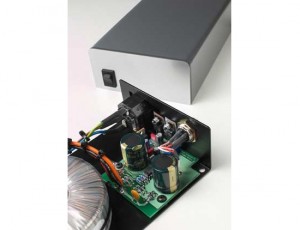 The most obvious task of a turntable is to keep the record at a constant and precise angular speed. The motor used in Michell is a reliable and low noise DC motor. The motor is a stand-alone unit, housed in a heavy base of metal to eliminate vibrations. Drive is relayed to the platter via a neoprene belt, which runs around the platter’s circumference. This results in a very high reduction of noise transfer from the motor.
The most obvious task of a turntable is to keep the record at a constant and precise angular speed. The motor used in Michell is a reliable and low noise DC motor. The motor is a stand-alone unit, housed in a heavy base of metal to eliminate vibrations. Drive is relayed to the platter via a neoprene belt, which runs around the platter’s circumference. This results in a very high reduction of noise transfer from the motor.
And there is still more. Michell offers an optional power supply for their decks. It has long been recognized that the incoming mains supply can have an adverse effect on sound quality. As these power supplies are connected to the mains power supply they are also connected to numerous other pieces of mains equipment many of which back feed noise and interference (pollution) onto the mains supply. I’m not an electronic expert but it claims to be “never connected” directly to the mains. With this feature the HR Power Supply provides total isolation from mains pollution. This is extremely important for the source, since signal coming from it is amplified at each step.
Gyrodec tables are being used for almost 30 years and the main design has not changed in this time. There are parts which are bettered with the technology but thanks to the customer oriented approach of Michell, you can buy seperately that part. For example, Michell designed a new bearing doesn’t means your table is obsolete, you can buy that bearing for a reasonable price and update your table. This approach does really shines in todays consumptive world, with companies make your investment obsolete after 6 months. Thank you John Michell, and rest in piece. Your tables still rocks!




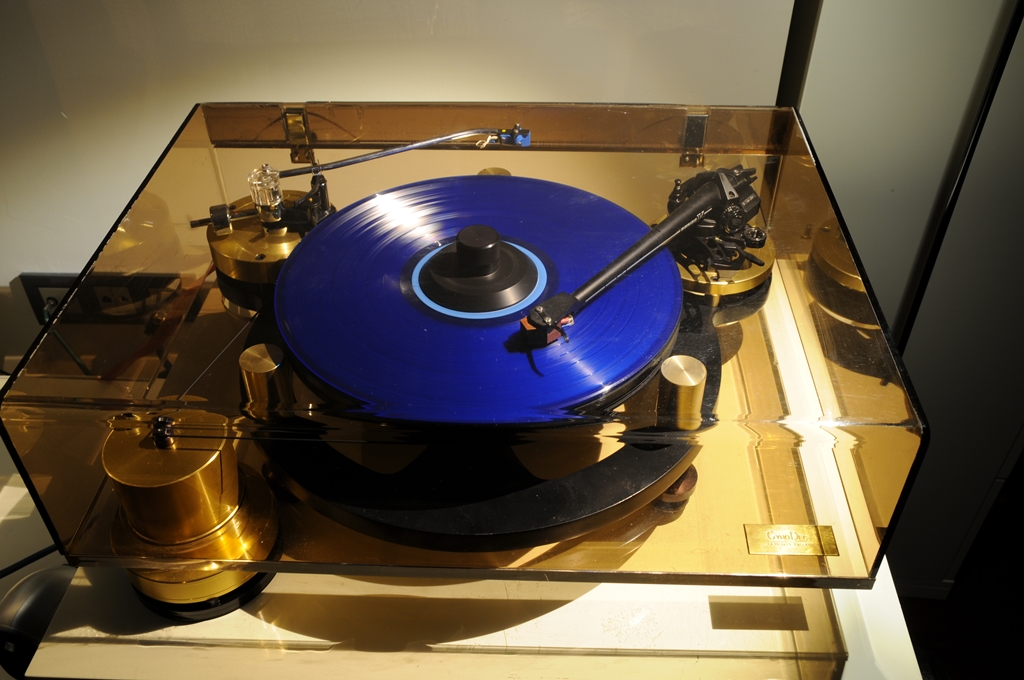
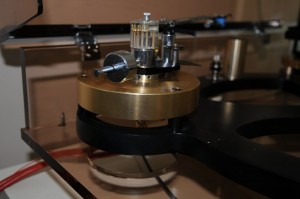
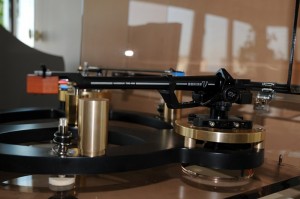
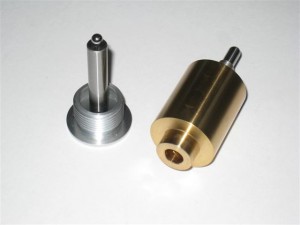
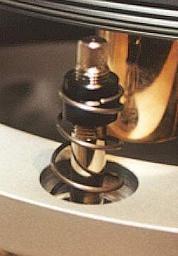
Son yorumlar